Child protection chiefs in Aberdeen are under fire for insisting the public should not be told if they turned up to key meetings.
The council’s silence is in stark contrast to every other authority we asked for details across the north and north-east.
One former city council leader accused Aberdeen of “keeping secrets” for their refusal to release any details about the absence rate of senior officials.
What are these meetings for?
Child protection committees bring together NHS managers, council bosses and police chiefs.
They help monitor and co-ordinate support for society’s most vulnerable youngsters.
But concerns have been raised about recent attendance rates in parts of Scotland.
Under freedom of information laws, The P&J asked 11 councils north of the Central Belt to provide an attendance list.
Every local authority we contacted provided the details – except Aberdeen.
The city council refused, saying the committee members were not aware that such information could be released, and that it could identify them.
But the job titles of the committee members are already published online.
They include senior officials and managers from social work, education, housing, police, NHS, the Scottish Children’s Reporter’s administration, as well as representatives from some charities and voluntary sector organisations.
‘Keeping secrets’
Douglas Lumsden, a former co-leader of Aberdeen City Council who now serves as Scottish Conservative MSP for the North East, questioned the decision to keep the information secret.
“It’s important for these committees to evidence the work they do. And there’s no scrutiny without transparency,” he said.
“CPC attendance records and membership are largely in the public domain across Scotland.
“I don’t understand the rationale behind keeping secrets about how we look after young people, whether that’s local or national government.”
Child Protection Committees usually have between 18 and 25 members, but we found a wide range of absence rates since the beginning of 2020.
The average number of “apologies” per meeting at the Perth & Kinross committee in the period was 11, while in Dundee it was almost 10 and in Angus it was nearly nine.
By comparison, the average number of absences at the Aberdeenshire and Moray committees in the same period was about three per meeting.
In Highland, it was under five, in Argyll and Bute the average was six, and in Fife it was below seven.
We calculated an absence rate of 43% for both Perth & Kinross and Dundee in the period, followed by 38% in Angus, 31% in Fife, 26% in Argyll and Bute, 21% in Highland, 17% in Aberdeenshire and 16% in Moray.
What did Aberdeen City Council council say?
In response to our request, Aberdeen City Council said: “These minutes are not currently publicly available, and attendees were not made aware that their personal information may be released at this time and in this manner.
“We are unable to provide the information as we believe this is personal information and it may lead to identifying an individual, therefore, we consider that this information is excepted from disclosure.”
It added: “We believe any ‘apologies’ could be a result of being on leave or sickness which is personal information, therefore, we are unable to provide this information and we consider that this information is excepted from disclosure.”
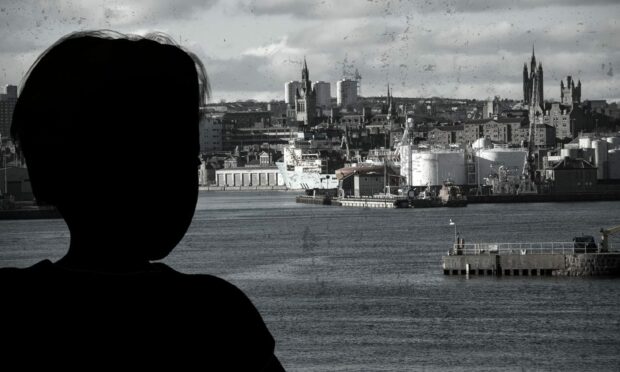

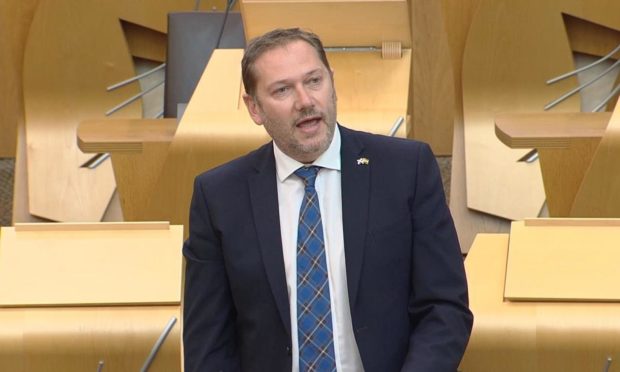
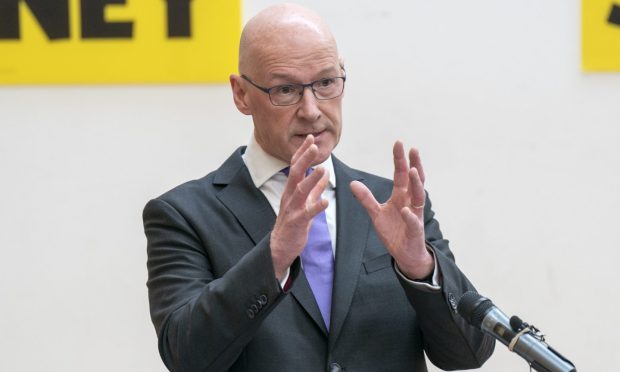
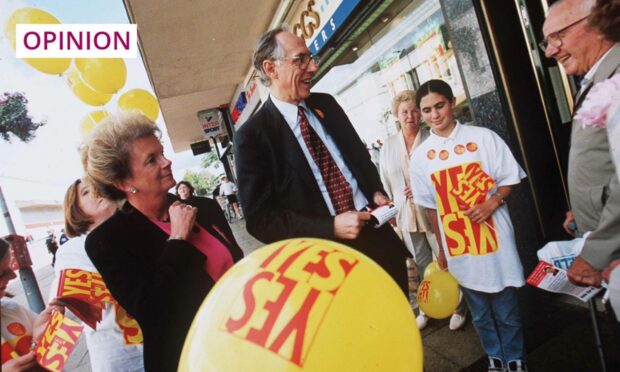
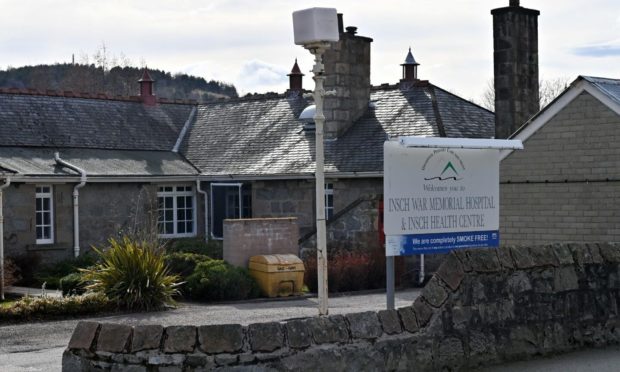
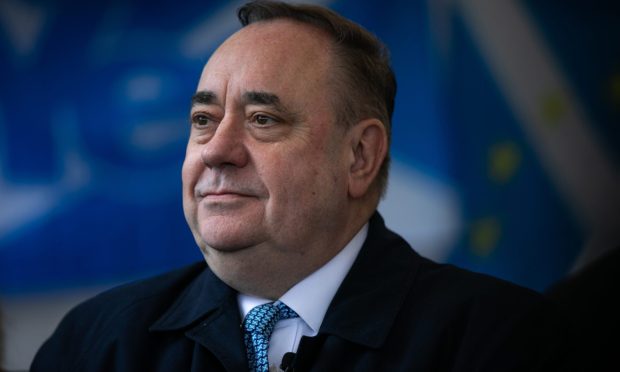


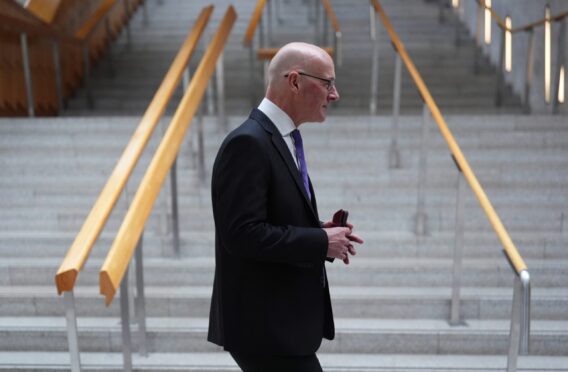

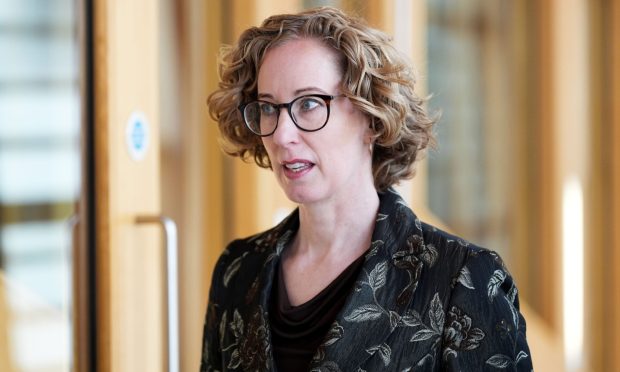

Conversation